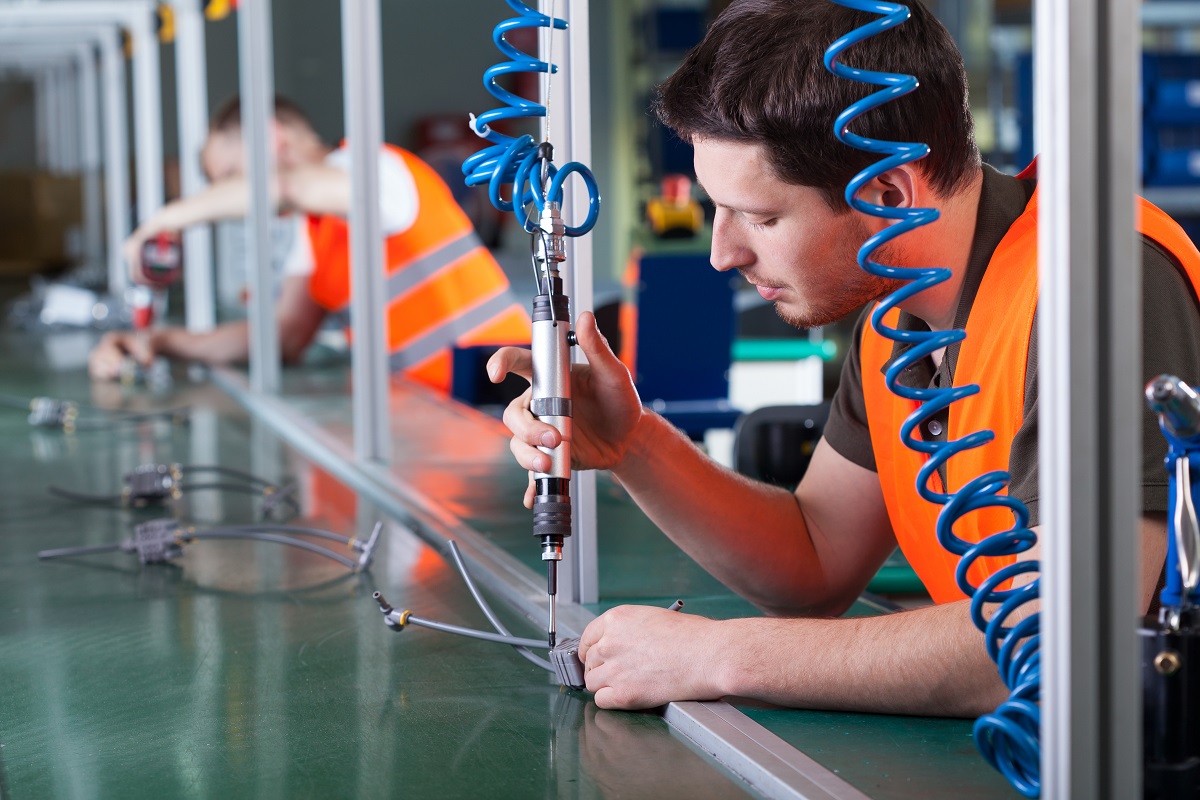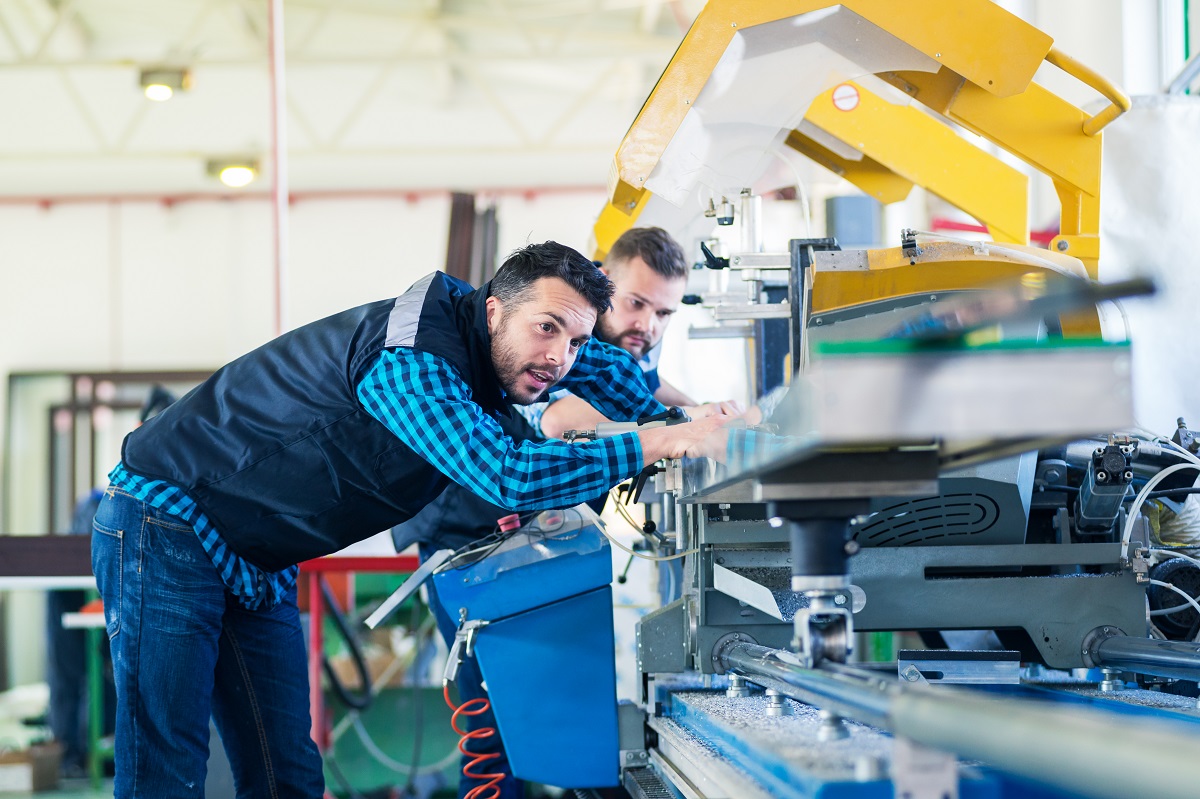The Evolution of the Assembly Line

You may not think about this often but most, if not all, of the things that we use every single day came out of a factory. The clothes that we wear, the plates that we eat off of, and the cars that we drive are all made by machines. This is a fact as obvious as saying that the sky is blue.
But what you really might not think about a lot is how we started relying on machines to manufacture our products and daily needs. How did the world from painstakingly handmaking clothes, common household items, and other products to relying on automation to manufacture them?
It all started with one business model: the assembly line.
How the Assembly Line Started
By definition, the assembly line is a production process that’s broken into steps. A person or machine is assigned to one simple step. It could be as simple as adding a wheel or even a bolt to a machine. The products move on a conveyor belt as they complete the manufacturing process. Then all of these steps will culminate into the finished product.
This process was popularized by Henry Ford. In 1908, he introduced to the world the Model T, a car that’s inexpensive enough that many people can purchase them. His goal with this car is to make the ability to be mobile possible for more people. Because of the increase in demand for cars, Ford was urged to think of a way to meet the demands.
Thus, he developed the assembly line. On December 1, 1913, he unveiled the first assembly line designed for the mass production of the Model T. Before his invention, it took about 12 hours to build the Model T. But with the assembly line at play, it only took one hour and 33 minutes.
The Impact of the Assembly Line on the Workforce
The assembly line further developed factories. The model prevailed long after Ford jumpstarted its popularization. The operations in factories became more complex. So businesses started hiring more specialized workers who can oversee the operations and make sure that everything is working properly and efficiently.

Professionals who were skilled in research and development, accounting, and information technology were called for. Many engineers were needed as well. Jobs for maintenance engineers, in particular, were hired to make sure that all of the machines and other aspects of the operations are working well.
The Pros and Cons of the Assembly Line
Like many things, the assembly line has its pros and cons. It has made a significant impact on industries and people’s careers. The most significant gain that the assembly line brought is the increase in efficiency.
The process reduced the time it took to create certain products. Because of this, there were more products that were distributed to retailers. Thus, more of them were sold to more people who needed them. This led to higher revenue for businesses.
However, the assembly line affected the workers in a negative way. Because of the simplicity of the work, skilled workers who can build entire cars were replaced by low-skilled workers who only needed to attach a bolt to a machine throughout their shifts. And, because of the repetitive nature of the work, the workers also grew restless and disinterested. This affected the quality of their work.
Despite its different pros and cons, we can’t deny the fact that the assembly line transformed how we develop and manage our businesses. It also impacted people’s day-to-day life at work and the path of their careers. This model transformed the way businesses created goods and led to the popularization of mass production. It made the manufacturing process more efficient and effective. And it led businesses’ reach to a broader market, making things more available to more people.





